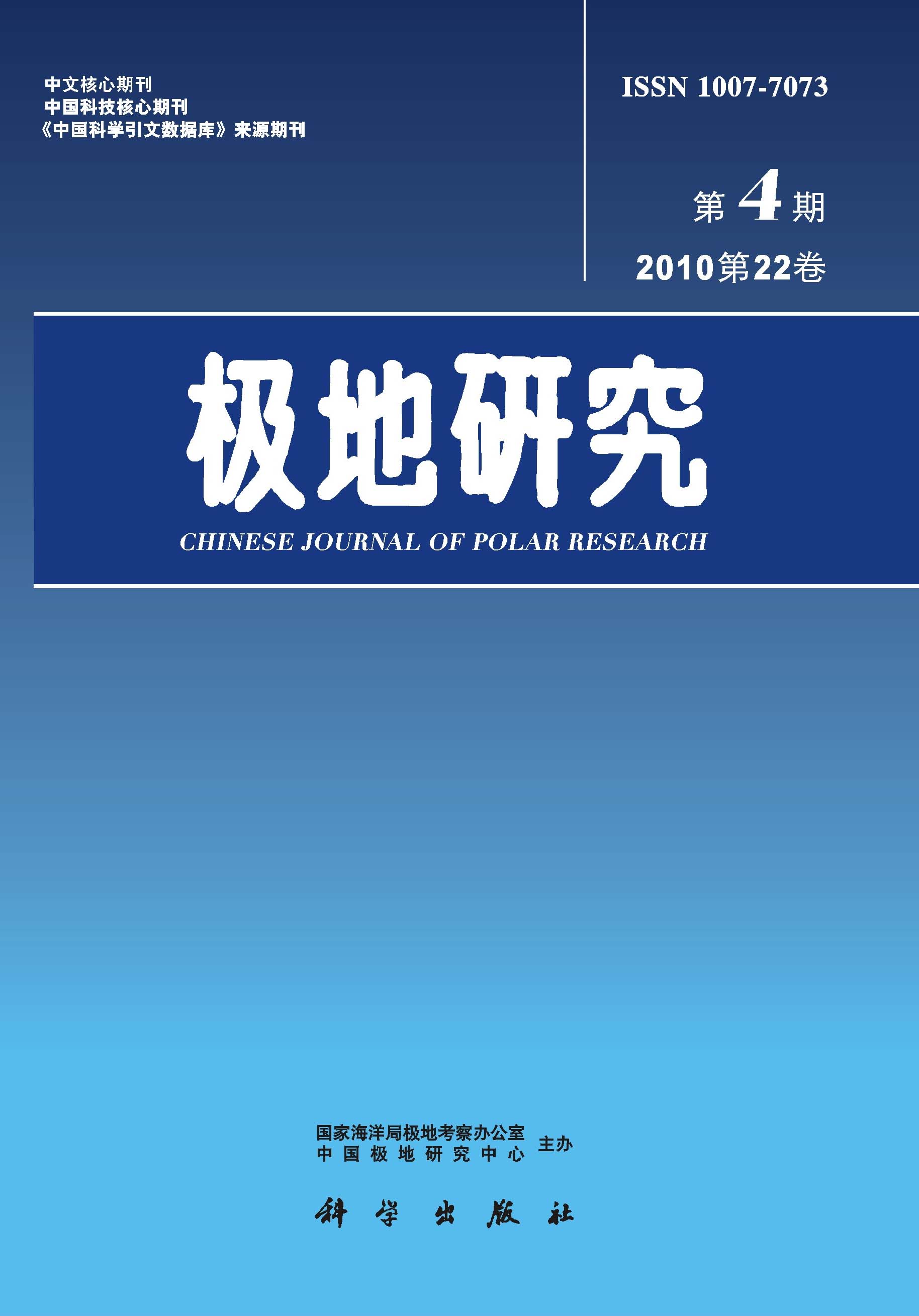By the achievements of the previous scientific research and the observations on conditions of the Antarctic sea ice as well .as CTD survey in 1992/1993 austral summer by the authors, the present paper discusses the characteristics of the Antarctic sea ice and the polynyas in the Southern Ocean. Based on those,the essencial effect on the formation and modification of Antarctic water masses, such as the Antarctic Surface Water (AASW),the Antarctic Bottom Water(AABW) ,the Antarctic Shelf Water(SW) ,the Antarctic Intermediate Water (AATW)and the Antarctic Ice Shelf Water(ISW) by the processes of the antarctic sea ice, polynyas and glacier ice is discussed in detail. The result shows that the anual change of the antarctic sea ice cover is not much-the northern limit of the cover in winter varies only a few degrees in latitude from year to year and the maximum coverage in summer is no more than twice its minimum. The seasonal change, however, is significant-the average area of sea ice cover in winter is usually more than five times the area of the summer's. The dynamics and thermodynamics oi the antarctic sea ice cover are intricately linked with me ocean atmosphere exchange of heat,water and gas. And in the deep ocean area of the Southern Ocean,the vetical convection,mainly caused by the rejected salt from freezing of sea ice is one of the major factors for the WW and AAIW formation,and melting of sea ice in summer,together with heating,leads to form the Antarctic Summer Surface Water (AASSW). And more importantly in the antarctic continental shelf,the process of sea ice, together with supercooling beneath ice shelves, drives deep mixing and convection on the continental shelf and form the continental Shelf Water (SW) , which in turn to contribute greatly to the formation of the Ice Shelf Water and the Antarctic Bottom Water, which spreads northward to the world's oceans along the sea floor. Polynyas in the Southern Ocean,which could be derived into sensible heat polynyas and latent heat polynyas,is a discovery by the satellite observation in the mid-1970's. Polynyas and their effect are only incompletely understood, but according to the recent research, polynyas at least accelerate the processes of the exchanges of energy, water and gases between the ocean and the atmosphere around Antarctica,which have a major role in determining the large scale motion, temperature and chemical composition of the ocean and atmosphere throughout the globe. The latent heat polynyas,which take ph.ce near the Antarctic coast, are sea-ice-making "factories". They have thus great effect on the formation and modification of the Antarctic water masses.

